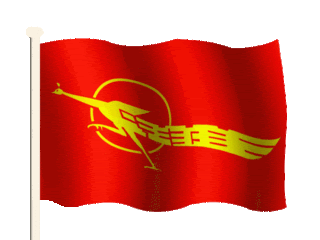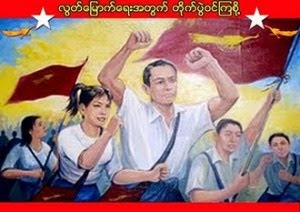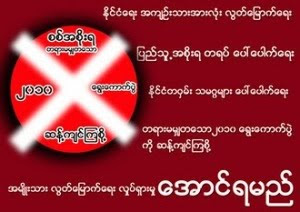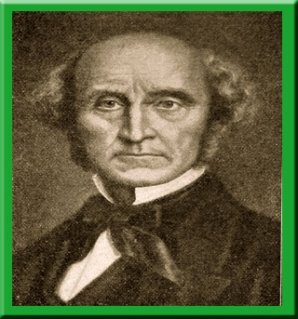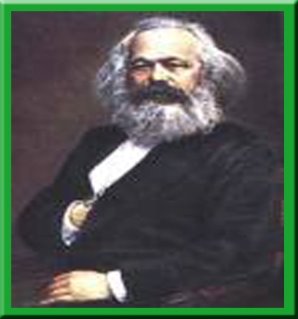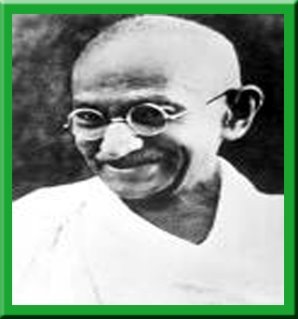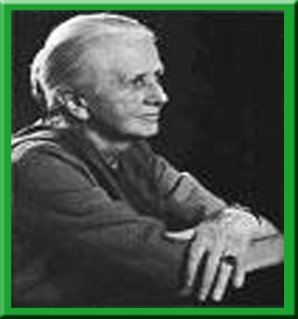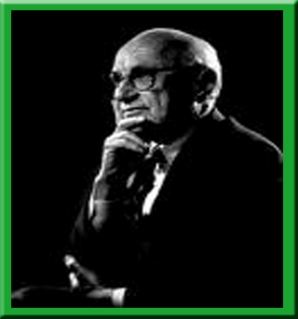Over the decades, political scientists have been interested in the issues of third wave democratization, regime transformation and consolidation of liberal democracies. As these issues are directly related to Burma, I would like to explore some theoretical framework about these issues.
Potter (1997) categorized the theoretical approaches into three general types, the modernization, transition and structural approaches, respectively.
modernization approach:
modernization approach:
In his work of Political Man, Lipset argued that democracy is related to a country socioeconomic development or level of modernization and identified the indices of development. The explanatory focus is on socioeconomic conditions and he concluded that “the more well-to-do a nation, the greater the chances that it will sustain democracy” (Lipset, 1960, pg.31)
transition approach:
In his work of Transitions to democracy, Rustow (1970) identified a general route that countries pass through during democratization. This approach emphasized political processes and choices that transforms from authoritarian rule to liberal democracy.
structural approach:
In his work of ‘Social Origins of Dictatorship and Democracy: Lord and Peasant in the making of Modern World’, Moore (1966) compared the long-term processes of historical changes in eight countries based on the changing structures of power. He then concluded the five general conditions for democratic development as the development of a balance to avoid too strong a state or too independent a landed aristocracy, a turn towards an appropriate form of commercial agriculture, the weakening of landed aristocracy, the prevention of an aristocratic-bourgeois coalition against the peasants and workers. (Moore, 1966, pg.430-431)
In this essay, I would like to focus mainly on the Rustow’s transition model because it is about the transitions that change from a non-democratic rule to democratic polity.
According to this approach, four phases of democratization travels as a general route.
The first phase occurs when national unity within a given territory is being established so that national unity refers to a crucial background condition before the transition process begins.
The second phase is marked by a prolonged and inconclusive political struggle as a necessary element that generates various forms of challenges to the non-democratic rulers and the regime as well. Potter (1997) mentioned the political struggle in democratization as
“Democracy is born of conflict, even violence, never as a result of simple peaceful evolution” (Potter, 1997, pg.14)
When there is an inconclusive political struggle in this phase, it becomes closing off the route to democracy.
The third phase called decision phase is a historical moment when both parties compromise and adopt the democratic rules. In this phase, the role of the interim government has become prominent. Shain and Linz (1995) identified four ideal types of interim governments as
opposition-led interim government (e.g. Portugal in 1974-1976)
power-sharing interim government (e.g. Poland in 1989-1991)
incumbent-led caretaker government (e.g. Spain in 1993 -1994)
international interim government set up by the United Nations (e.g. Cambodia in 1989-1993)
They then argued that ‘crucial to the outcome of democratic transitions is the question of who governs in the interim period and the way they use their power.’ (Shain and Linz, 1995, pg.21)
The final phase is the habituation stage, in which both political actors and the population habituate to the established democratic rules and procedures. This is the stage to advance a polity towards democratic consolidation. O’Donnell (1992) argued that the minority of democratic actors can advance if they
neutralize actors who are unconditionally authoritarian
promote preferences and practices compatible with the functioning of democracy
increase the number of democratic actors
agreed to subordinate the strategies to the imperative of not facilitating a return to authoritarianism (O’Donnell, 1992, pg.22)
By using these phases, I would like to analyze the current situations in Burma and recent statement made by the National League for Democracy (NLD) party.
The first phase, national unity has occurred in Burma since Panglong Agreement in 12th February 1947. In this agreement, leaders of different nationalities agreed to live together as co-independent and equal nations under one flag. Although the arms struggles from various nationalities have occurred in the post-colonial period, these were not the results of disintegration of the national unity. These were born from the hegemony of the Burmese army, the practice of dictatorship government and the abandonment of federalism, the only effective way for national reconciliation process.
The second phase, a prolonged and inconclusive political struggle represents the current political situation in Burma. Although international campaigns are successful, it can affect mostly on political liberalization rather than initial transition process. Political liberalization within an authoritarian regime begins with the easing of repression and the creation of civil liberties and various political actors can emerge when it is earned. Within the authoritarian regime, there will be hardliners and softliners as well as within the opposition, there will be opportunists, moderates and radicals actors emerge once liberalization starts in earnest.
Furthermore, the move towards democratization can only start with an assessment by the military regime that the cost of staying in power is increasing due to declining military cohesion and domestic legitimacy. Various processes can trigger political liberalization; however, the outcome for democratization is uncertain because the movement towards democratization or not is solely dependent on the decisions of the regime.
In contrast, the certain and historical moment can be resulted from the decision phase when both parties compromise and form one type of the interim government and proceed the final stage of habituation for democratic consolidation. The recent strategy adopted by NLD can lead to the decision phase if the military regime accepts this offer and compromise. If the military regime turned down the NLD offer, it will be the ‘Dead End’ for both parties as Htun Aung Kyaw (2006) cited in his work of “The Breaking of the Dead End”.
To break the ‘Dead End’, other strategies of political transformation may be needed. In his book of Third Wave: Democratization in the late twentieth century, Huntington(1991) examined the processes by which the transitions from non-democratic to democratic regimes that took place in several countries. He distinguished four general types of transitions:
· transformations (as in Spain, India, Hungary, and Brazil) where the elites in power took the lead in bringing about democracy;
· Replacements (as in East Germany, Portugal, Romania, and Argentina) where opposition groups took the lead in bringing about democracy;
· Transplacements (as in Poland, Czechoslovakia, Bolivia, and Nicaragua) where democratization occurred from joint action by government and opposition groups; and
· Interventions (as in Grenada and Panama) where democratic institutions were imposed by an outside power.
The ‘transformation and intervention’ types of political change are very rare in most cases while ‘replacement and transplacement’ types are more prominent. If transplacement efforts cannot achieve, replacement may become the next option and the success of this mode will depend on the steadfastness and courage of opposition groups in the face of the military.
In conclusion, I would like to urge the military regime to accept the offer by NLD to rewrite a new history and peaceful transformation as well as all opposition groups to be united to accept the NLD decisions with hope and prepare for the replacement mode.
Khin Ma Ma Myo (12/03/2006)
- - - - - - - - - - - - -- - - - - - - - - - - - -- - - - - - - - - - - - -
References
Gyaw, H.A. (2006) ‘The Breaking of the Dead End’, USA
Huntington, Samuel. (1991) ‘The Third Wave: Democratization in the late twentieth century’, University of Oklahoma Press, Norman
Lipset, S.M. (1960) ‘Political Man’, Heinemann, London
Moore, B. (1966) ‘Social Origins of Dictatorship and Democracy: Lord and Pheasant in the Making of the Modern World’, Beacon Press, Boston
O’Donnell, G.(1992) ‘Transitions, continuities, and paradoxes’ in Mainwaring, S. et al., (eds)
Potter, D. (1997) ‘Explaining Democratization’ in ‘Democratization’, (eds) Polity Press, Cambridge
Przeworski, A. (1991) ‘Democracy and the Markets: Political and Economic Reforms in Eastern Europe and Latin America’, Cambridge University Press, Cambridge
Rustow, D. (1970) ‘Transitions to democracy’, Comparative Politics, vol.2, pp.337-63
Shain, Y. and Linz, J. (1995) ‘Between States: Interim Governments and Democratic Transitions’, Cambridge University Press, Cambridge

